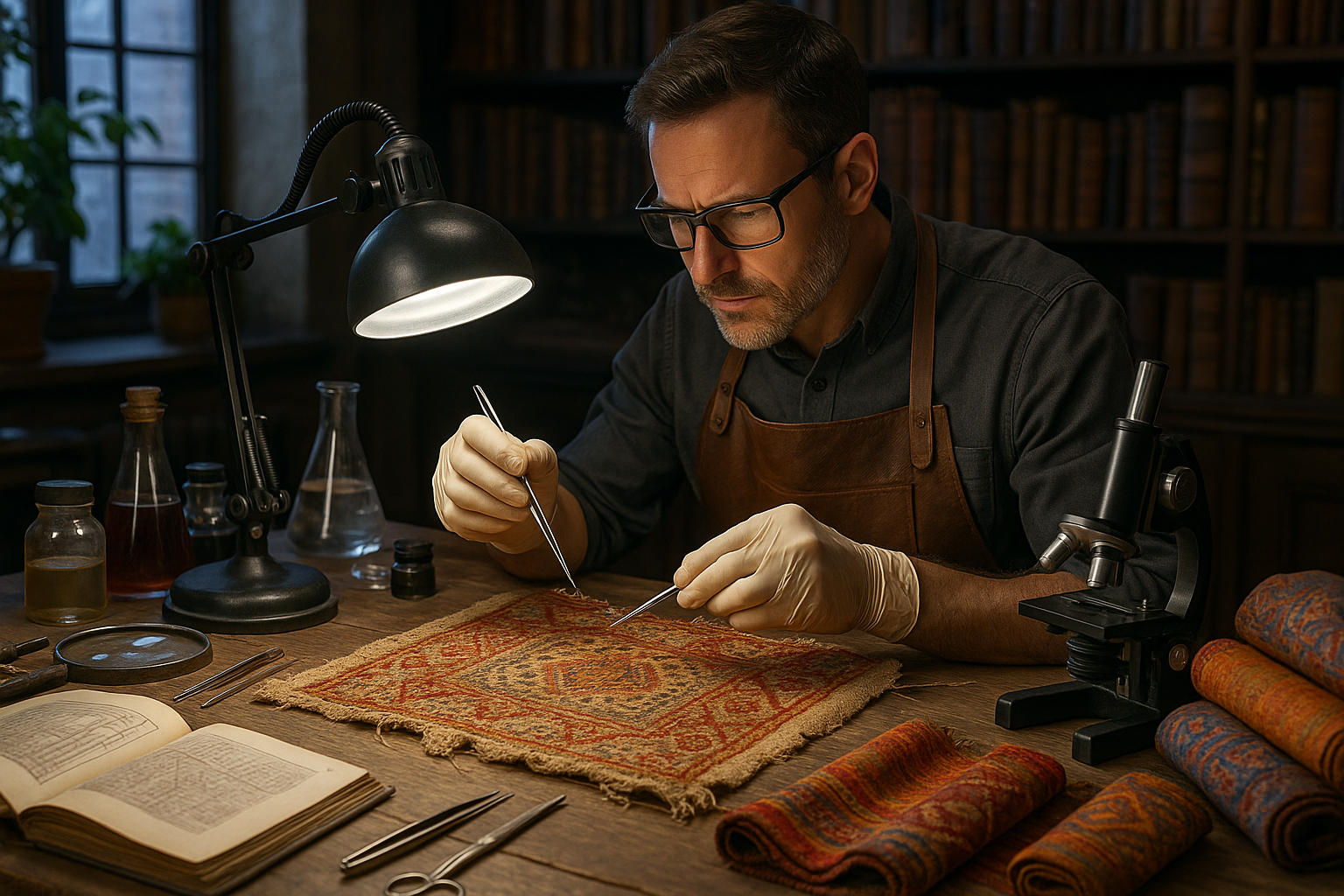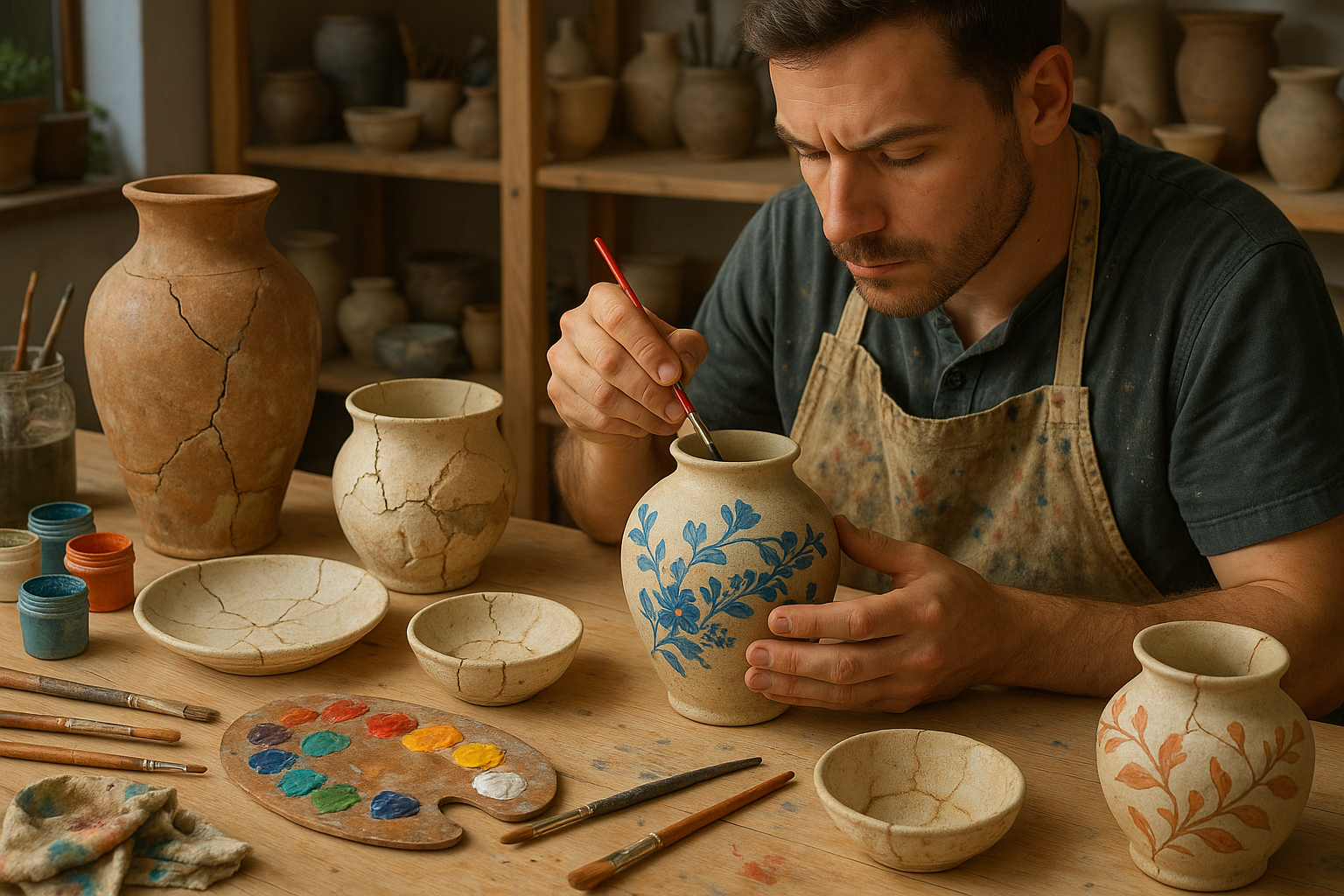In the labyrinth of history, fabrics have played a pivotal role in shaping cultures and economies. From the delicate silk threads of ancient China to the robust linens of Egypt, textiles have not only adorned bodies but have also been a testament to technological prowess and artistic expression. Yet, one question persists through the ages: how did ancient civilizations create fabrics that withstood the ravages of time? This exploration into the art of stabilizing fibers unveils secrets long held by our ancestors and offers insights into achieving timeless durability in textiles.
The allure of ancient fabrics lies not only in their beauty but also in their resilience. Imagine a garment crafted thousands of years ago, its colors vibrant and structure intact. This isn’t just a dream for museum curators; it’s a reality that continues to fascinate historians and scientists alike. 🌟 But what made these ancient textiles so enduring? The answer lies in a combination of resourceful material selection, ingenious techniques, and the natural world’s bounty. As we delve deeper, we’ll explore the fascinating journey of fabric stabilization, uncovering methods that are surprisingly relevant even in today’s fast-paced world.
At the heart of this journey is the choice of materials. Ancient artisans had a profound understanding of their local resources, utilizing fibers like flax, wool, and silk, each with distinct properties. These materials were not chosen at random; their selection was a careful process rooted in empirical knowledge and environmental factors. For instance, the ancient Egyptians revered linen not only for its cool, smooth texture but also for its natural durability and ease of dyeing. Similarly, the Chinese mastered the art of silk production, harnessing its strength and lustrous appeal. As we unravel these choices, we gain a deeper appreciation for the intrinsic qualities that contributed to the longevity of these fabrics.
However, material selection was just the beginning. The methods employed in crafting these textiles were nothing short of revolutionary. Techniques such as spinning, weaving, and dyeing were elevated to an art form, with each step meticulously executed to enhance the fabric’s resilience. Ancient weavers knew the secrets of creating tight weaves that resisted wear and tear, while dyers used natural substances like indigo, madder, and saffron to produce colors that could withstand sunlight and washing. These practices were passed down through generations, a testament to their effectiveness and the skill of their practitioners.
Furthermore, the environment played a crucial role in fabric preservation. Many ancient textiles have been discovered in dry, arid climates where conditions inadvertently favored their survival. Yet, this doesn’t diminish the ingenuity behind their creation. Instead, it highlights the symbiotic relationship between human innovation and nature. 🌿 By understanding these dynamics, we can better appreciate how ancient societies achieved what seemed impossible: making fabrics last for centuries.
In today’s world, the principles of ancient fabric stabilization hold remarkable relevance. As the fashion industry grapples with sustainability challenges, revisiting these age-old techniques offers valuable lessons. By prioritizing natural materials and embracing traditional methods, modern artisans and designers can create garments that are not only beautiful but also environmentally friendly and enduring. The past, it seems, has much to teach us about the future.
Throughout this article, we’ll navigate through the intricacies of ancient textile production, exploring the symbiosis of material, technique, and environment. We’ll uncover the scientific marvels behind fiber stabilization and reveal how these age-old practices can inspire contemporary innovation. Whether you’re a history enthusiast, a textile professional, or someone curious about sustainable fashion, this journey promises to be as enlightening as it is engaging. So, let’s step back in time and discover the secrets woven into the very fabric of history. 🧵

Conclusion: Preserving the Threads of History
The journey into the world of ancient fabrics reveals a fascinating tapestry of human ingenuity and cultural heritage. From the meticulous techniques of stabilizing fibers to ensure the durability of textiles, we’ve explored the sophisticated methods developed by our ancestors. These time-honored practices not only highlight the creativity of past civilizations but also emphasize the sustainability of using natural materials. 🌿
In unraveling these secrets, we have seen how historical textiles serve as more than just remnants of the past; they are testimonies of societal evolution, art, and craftsmanship. The knowledge gained from studying these ancient techniques provides invaluable insights into the sustainable practices that can be applied today. By adopting and adapting these methods, we have the potential to revolutionize modern textile production, promoting environmental responsibility and reducing waste.
The importance of preserving ancient fabrics extends beyond academic interest; it is a cultural imperative. These textiles are woven with stories of human experience, offering a tangible connection to our ancestors. By stabilizing and conserving them, we safeguard this heritage for future generations, ensuring that the stories they tell continue to inspire and educate. 📚
As you reflect on the wonders of ancient textile craftsmanship, consider how you might incorporate these insights into your own life. Whether you’re a professional in the textile industry or simply a curious reader, the principles of sustainability and preservation are universally applicable. Share what you’ve learned with others, engage in discussions, and explore further how these age-old techniques can influence modern practices. Together, we can weave a future that respects and learns from the past. 🌍
We invite you to leave a comment below with your thoughts and insights. Have you encountered any modern applications of these ancient techniques? How do you see the legacy of ancient textiles influencing today’s world? Let’s keep the conversation going! And if you found this article enlightening, consider sharing it with your network to spread the knowledge. 🤝
For further exploration on the subject, here are some resources you might find interesting:
- The Art of Textile Conservation – Smithsonian Magazine
- Ancient Textiles at The Met – The Metropolitan Museum of Art
- British Museum’s Textile Collection – British Museum
Thank you for joining us on this exploration into the world of ancient fabrics. We hope you’ve found it as captivating and enriching as we have. Until next time, keep exploring, sharing, and preserving the beauty of history.
This conclusion aims to encapsulate the essence of the topic, encourage further exploration, and promote interaction. Feel free to expand on each section to reach the desired length.




